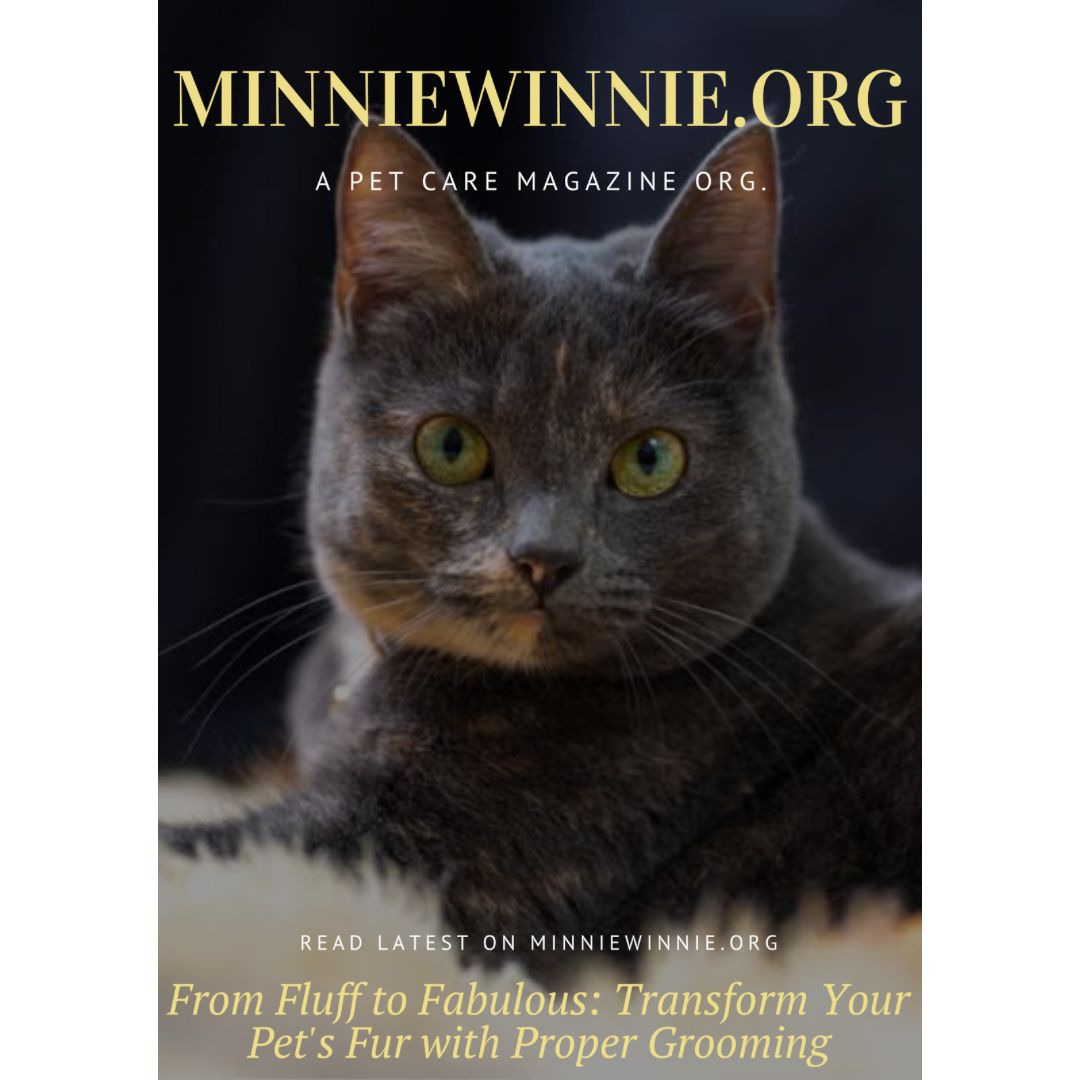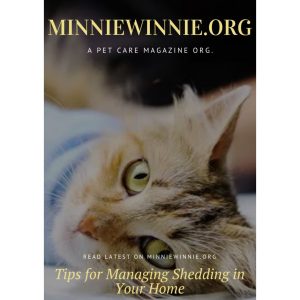From Fluff to Fabulous: Transform Your Pet’s Fur with Proper Grooming
Pets bring immeasurable joy to our lives with their unwavering companionship and boundless affection. However, maintaining their well-being requires commitment, particularly when it comes to grooming. Proper grooming is not just about aesthetics; it’s essential for the health and happiness of your furry friend. Here’s how you can transform your pet’s fur from fluff to fabulous with a comprehensive grooming routine.
Understanding Your Pet’s Coat
Before diving into grooming techniques, it’s crucial to understand the type of coat your pet has. Different breeds have varying fur types, which dictate the grooming methods and frequency required. Dogs, for instance, can have double coats, single coats, curly fur, or wiry hair. Cats typically have short, medium, or long hair, each requiring different care levels.
Regular Brushing: The Foundation of Fur Care
Brushing is the cornerstone of grooming. Regular brushing removes loose fur, dirt, and debris, preventing matting and tangling. It also stimulates the skin, promoting healthy blood circulation and distributing natural oils that keep the coat shiny and smooth.
For Dogs:
- Short-haired breeds: Brush once a week using a bristle brush or grooming glove.
- Long-haired breeds: Brush daily with a slicker brush to prevent tangles and mats.
- Curly or wiry-haired breeds: Use a slicker brush and comb several times a week to maintain coat texture and prevent matting.
For Cats:
- Short-haired cats: Brush once a week with a rubber brush or grooming mitt.
- Long-haired cats: Brush daily with a slicker brush and comb to avoid tangles and reduce shedding.
Bathing: Keeping It Clean
Bathing your pet is essential for removing dirt, allergens, and excess oils from their fur. However, the frequency of baths depends on the pet’s lifestyle, coat type, and skin condition.
For Dogs:
- Generally, bathe every 4-6 weeks.
- Use dog-specific shampoos and conditioners to avoid skin irritation.
- Ensure thorough rinsing to prevent residue that can cause itching.
For Cats:
- Most cats groom themselves effectively, needing baths only if they get particularly dirty or have skin conditions.
- Use cat-specific shampoos and ensure a stress-free experience to prevent anxiety.
Trimming and Clipping: Maintaining a Tidy Appearance
Regular trimming and clipping are vital, especially for breeds with continuously growing fur. This not only keeps them looking tidy but also prevents discomfort and health issues.
For Dogs:
- Trim hair around the eyes, ears, and paws regularly to prevent obstructions and infections.
- Professional grooming every 6-8 weeks is advisable for breeds with fast-growing hair.
For Cats:
- Long-haired cats may benefit from occasional trims to prevent mats and tangles.
- Seek professional help for clipping to avoid accidents and stress.
Nail Care: A Crucial Aspect of Grooming
Neglecting nail care can lead to overgrown nails, causing pain and affecting your pet’s posture and mobility.
For Dogs:
- Trim nails every 3-4 weeks using dog nail clippers.
- Be cautious of the quick, the sensitive part of the nail containing blood vessels and nerves.
For Cats:
- Trim nails every 2-3 weeks with cat-specific clippers.
- Regular scratching posts can help naturally wear down nails.
Ears and Teeth: Don’t Forget the Details
Proper ear and dental care are often overlooked aspects of grooming but are essential for preventing infections and maintaining overall health.
Ear Care:
- Check ears weekly for dirt, wax, and signs of infection.
- Clean with vet-recommended solutions and avoid inserting objects into the ear canal.
Dental Care:
- Brush teeth regularly with pet-safe toothpaste.
- Provide dental treats and toys to promote oral health.
Professional Grooming: When to Seek Help
While regular at-home grooming is essential, professional grooming offers expertise and thorough care that can enhance your pet’s well-being. Professional groomers are skilled in handling different coat types and addressing specific grooming needs that may be challenging at home.
Conclusion
Transforming your pet’s fur from fluff to fabulous involves more than just superficial care. It’s about ensuring their comfort, health, and happiness through a consistent and tailored grooming routine. By understanding your pet’s unique needs and committing to regular grooming practices, you can keep their coat looking vibrant and fabulous, making them feel as wonderful as they look.










